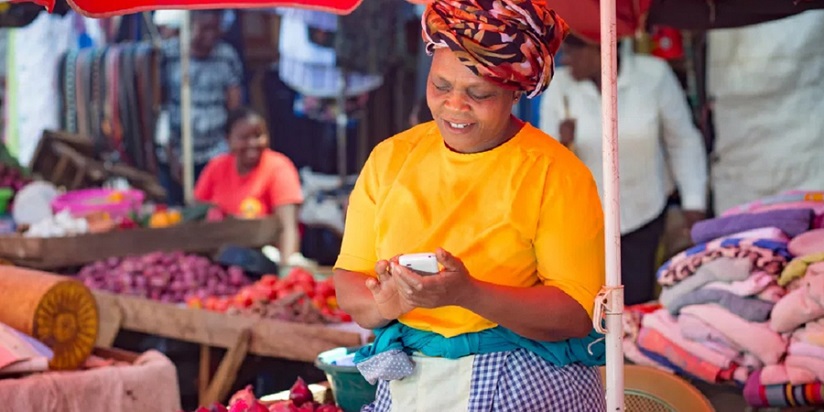Women have another cause to smile as the World Bank moves to facilitate those in business to help them leap to another level.
The US $ 217 million (about Ug shs 900billion) five-year GROW Project will among other things skill women engaged in business before advancing them grants and credit after a screening to be done by the Uganda Private Sector Foundation.
The project to be implemented under the Ministry of Gender, Labour and Social Development (MGLSD) has a number of other implementing agencies and partners including tertiary educational institutions, Private Sector Foundation – Uganda (PSFU) and the local governments.
Other implementing agencies include, the Uganda Industrial Research Institute (UIRI), Directorate of Industrial Training (DIT) and any otherwhose services may may be deemed relevant.
The Makerere University Business School (MUBS) has already been contracted to draw training modules for the different categories of women owned enterprises.
Currently, the ministry is undertaking training of district labour officers and community development officers as focal points at the local levels.
Speaking at the training for officers from central (Buganda) today (Friday), state minister for Gender and Culture Ms Peace Mutuzo said the project would help women also venture into the currently male dominated business sectors like tourism, manufacturing and processing.
It is time, Mutuzo said, women brought out their resilience and hold the bull by the horns to get themselves out of poverty.
Cultural practices that held back women from earning-work confining them to home chores have to be challenged. This is partly the centre of work for the focal-point local government officers to ensure mindset change. She challenged them to take the message to funerals and places of worship to get the message to the communities.
Negotiations with banking institutions that are going to be used to disburse the loans and grants are on to ensure that the funds are not disbursed at the current high commercial rate. The minister said interest on project loans should not be higher than 10% as this would run counter to the project objective.
Over all the minister the project would build infrastructure, provide capitalization, attachment, mindset change and training, all aimed at promoting women owned enterprises to another level.
Mr Geoffrey Kayongo, the social development specialist at the GROW project dismissed the notion that GROW project was exclusionary to men.
“Men are one way or another beneficiaries. For example, here we are and I am employed by the project. Another example, if a wife got a loan and uses this loan to expand her business that is more income in the home. You can’t say the husband is not benefitting …..”
He added there would be a lot of subcontracting in the execution of the project, and much of this would go to institutions where men are either employees, managers or enterpreneurs.
Explaining to the participants, Joel Acana, a programme officer at the MGLSD and a training facilitator said enterprises were categorized depending on size with those having capital of shs 10million and five employees or less classified as micro-enterprises.
Those with shs 11 million to sh 50 million and six to fifty employees are classified as small scale enterprises while those with capitalization of above shs 50million but not more than shs 100million are Medium scale enterprises.
Those with common businesses but running impressively will be in position to get loans, while grants will be extended to only those with “unique” enterprises and amount up to a maximum of shs 200 million will be extended depending on the category one’s enterprise falls in.
A total of six thousand enterprises nationwide are being targeted and by the end of the GROW project in December 2027, four regional skills centres and common user facilities (CUFs) are expected to have been put in place to propel project goals further. A revolving fund, it is expected, would also have been developed for sustainability.
-URN





